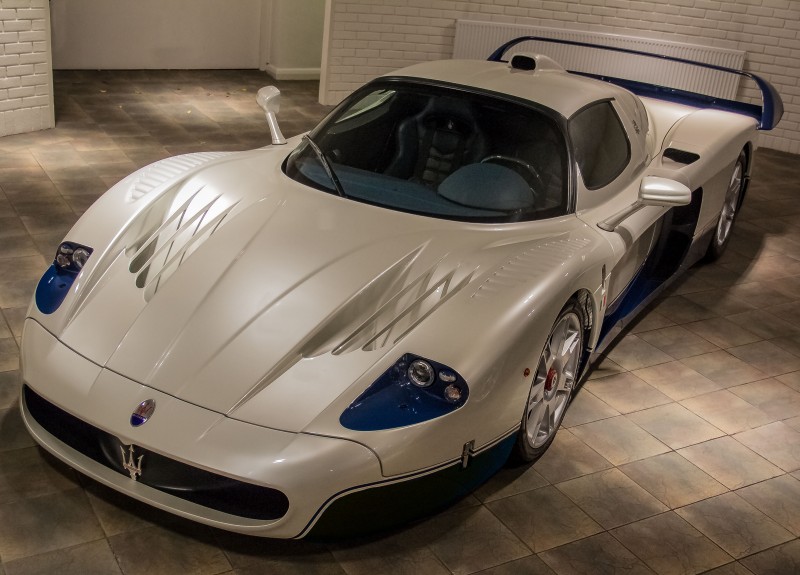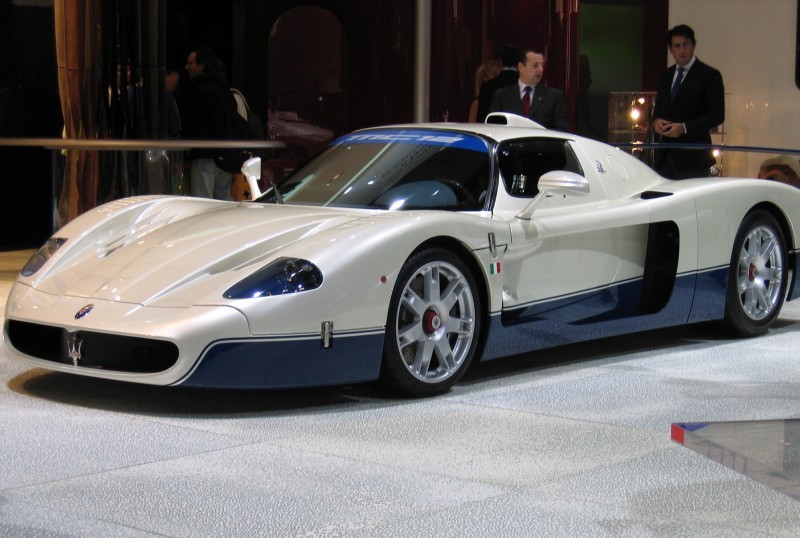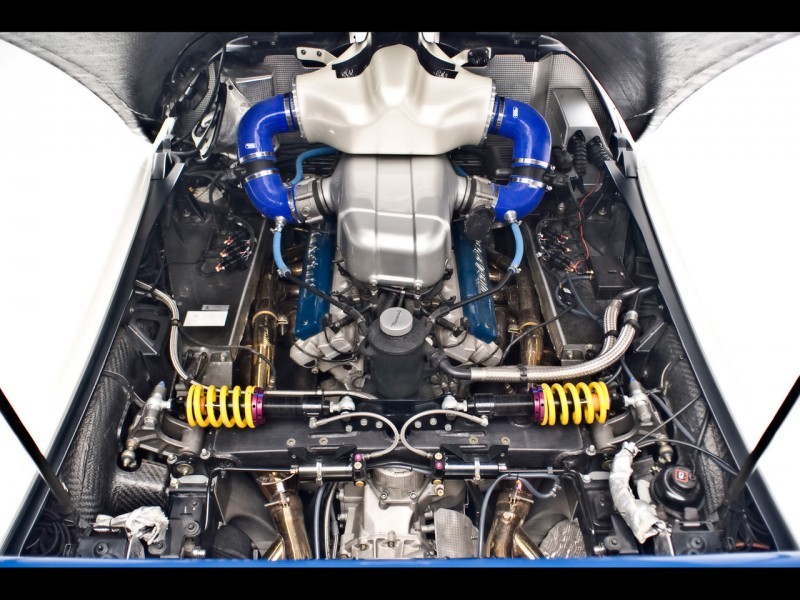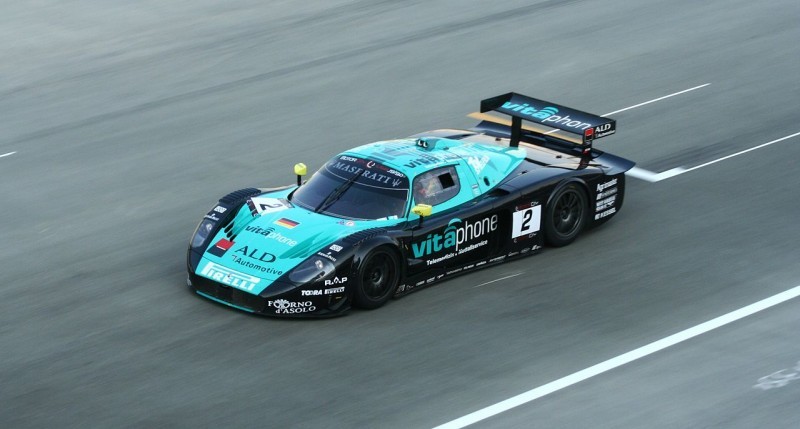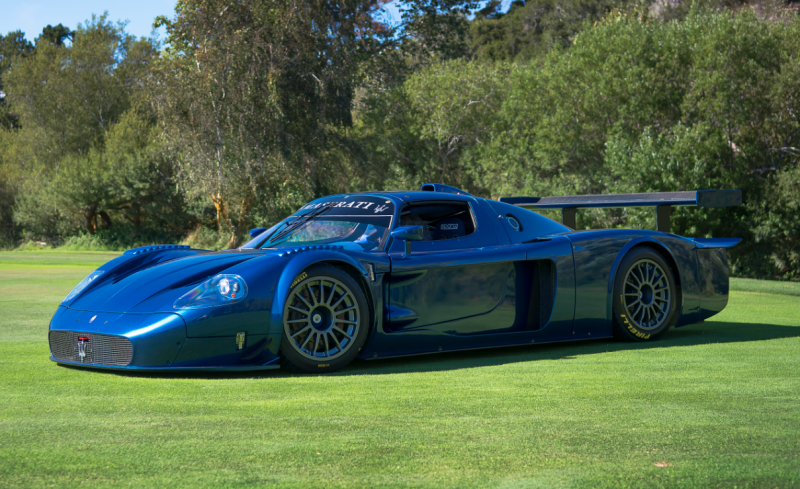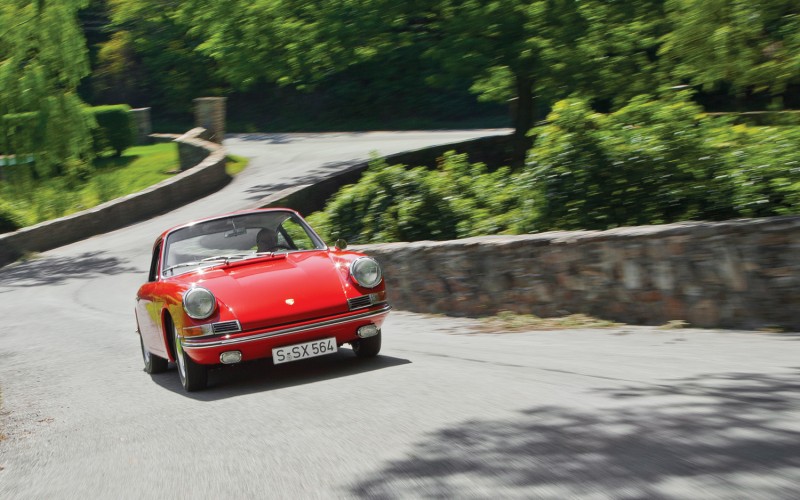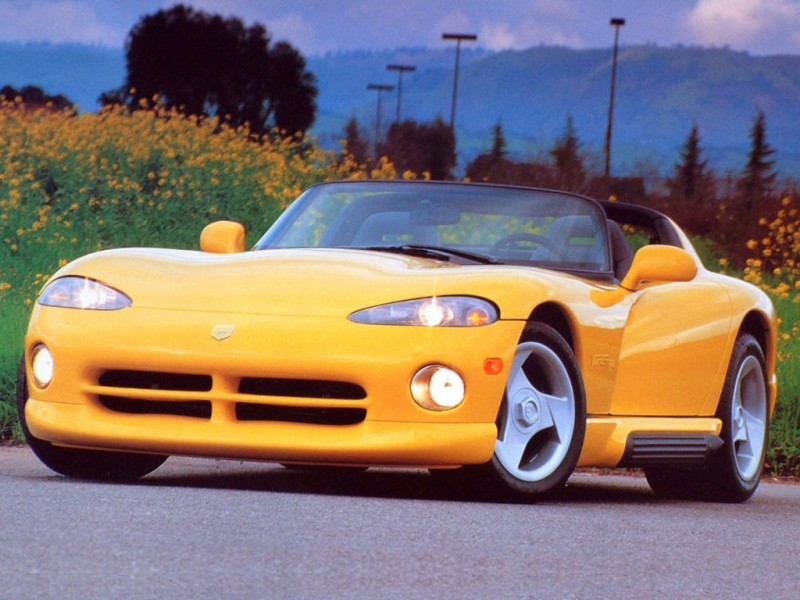Ferrari’s Enzo was always designed to be a supercar for the streets. It was an unparalleled performance machine that encompassed all of Ferrari’s engineering capabilities, but what if you were to take it racing? While Ferrari passed on the opportunity, Maserati saw the still-born success that sat before them.
While the Enzo never saw competitive use, Maserati saw the competition king that it could be. So they took what Ferrari had done, added parts to meet homologation standards, and gave the world the MC12 because a sports car that never sees competition to test its mutter will always be lacking.
Performante
Ferrari would ultimately pull the trump card and make the Enzo a slightly better performer, but a true race car always wins our hearts. The MC12 at its heart and soul is an Enzo in almost every conceivable way, though. Their 6.0 liter V-12’s both weigh in at an astonishingly low 511 pounds, both churn out a crippling horsepower (MC12 -624: Enzo – 651), both have a dry sump system, and both sit squarely in the center of the car.
Regrettably, though Maserati had to alter the redline of the MC12 to be 500 rpm less than the Enzo – 8,200 compared to 7,700 rpm, because Ferrari always needs to have the better number. While power can corrupt and intoxicate, the true magic of Maserati’s MC12 was in the chassis and suspension wizardry that endowed it with superb balance.
Underneath, and all around, a fine mixture of carbon fiber and Nomex created the load-bearing structures of the car. Aesthetically the only part shared with the Enzo is the windshield glass. The MC12 is all around a wider, longer, and taller car.
Most of this is due to the fixed wing and wider body panels necessary to homologate the car for racing series. That fixed spoiler though works with the underbody diffusers to create some serious downforce (34% front and 66% rear). Maserati even went so far as to not include a trunk, spare tire, rear window, or even a radio into the production car – although you could remove a section of the roof for a Targa-like experience.
Controlling all of that power and poise is one hell of a unique suspension arrangement. Double-wishbone suspension, with push-rod, operated coil springs, helps keep traction at a maximum during hard cornering. Meanwhile, fully adjustable roll bars provide the perfect counter to any unwanted body swaying.
Stopping all that speed is cast-iron 15’” Brembo brakes and 13.2” in the back, all paired up to what was a state-of-the-art Bosch traction control system. The car was honestly tuned to keep you going as fast as you can all the time, and that is what it did in the hands of a professional on the race track.
The Racer
Where the MC12 really begins to come into its own right though is in the racing gear and limited production. The car was designed, as previously noted, around FIA/ALMS regulations because it was meant to be Maserati’s new race car.
The first drawings of the car’s design came from none other than the legendary designer Giugiaro himself (although Frank Stephen would ultimately pen the final form). While the Enzo was produced to almost 500 units Maserati only crafted 50 examples (plus 12 track-only customer cars known as Corse). All 50 cars were produced in Maserati’s classic blue-and-white livery (an homage to the 1960 Maserati Tipo-Birdcage). This was done to show to the world that Maserati, after 37 years, was back into motorsports where they were born and belong!
Michael Schumacher and, primarily, Andrea Bertolini conducted the testing for the MC12. During the 2005 season, the MC12 GT1 would go on to unquestionably dominate the FIA GT Manufacturers Cup. The MC12 was so dominant that it beat the next highest team, Ferrari, by almost double the points. To celebrate Maserati produced 12 track-only versions of the MC12. These were known as the MC12 Corse, and they were available only in the color Maserati Blue Victory and delivered a crushing 756 horsepower.
Despite winning that series and the Italian GT Championship in 2005 and 2006, the MC12 would forever be overshadowed by the Enzo. The Maserati though will forever stand as the true testament to what the platform was capable of becoming. Even with their older Ferrari brother constantly looming, Maserati’s return to motorsports was a triumphant success but also showed that the best sports cars are the ones that get raced.
Specifications
- Years – 2004-2005
- Layout – Mid-Engine
- Drive – RWD
- Body Style – Coupe
- Seating – 2
- Motor – V12
- Displacement – 6.0 Liter
- Power (hp) – 624
- Torque (lbs-ft) – 481
- Transmission – 6-speed manual w/ auto-clutch
- Wheelbase – 2,800 mm (110.2 in)
- Weight – 1,335 kg (2,943 lb)
- 0-60 mph – 3.5 seconds
- Quarter-mile – 11.4 seconds
- Top Speed – 205 mph

